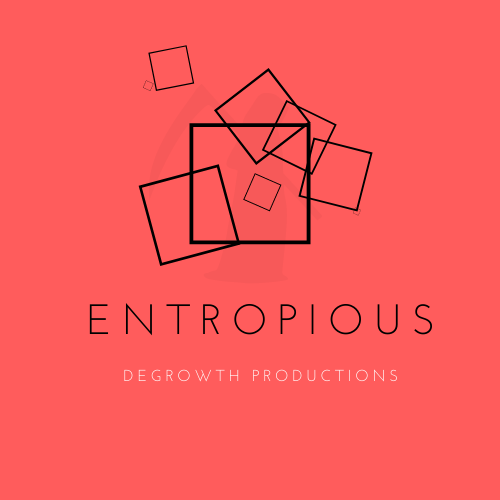Triskotto
The Triskotto or twisted ones are a non-sapient race of pathogenic parasites. They are structured in the size and general body shape of a large dog but lack any skin or concealing organs. Rather they are a twisted vascular mass attacked to visible organs. Their vascular tubes are very strong and capable prehensile movement allowing them to walk with their veins. They feed by inserting their capillaries into the host/victim and filtering their blood out of its nutrients.
Basic Information
Anatomy
Varying in size up to that of a large dog, the Triskotto do not appear to have life phases and are born minature replicas of their adult selves. To most sapient species they are grotesque, consisting of a mass of tangled red and black vascular appendiges which appear to be viens lacking any covering skin. Through this shifting mass are several more recognizable organs including eyes, a large pulsating heart and three sets of featherlike proto-lungs. While they are reviled, many bodies have been disected to better understand them and the threat that they pose.
Genetics and Reproduction
Triskotto reproduce by breaking off small capillaries in their host (living or dead). These viens search out remaining nutrients and grow inside the host body, eventually leaving through the nearest orifice once they have either grown to a large enough size or depleted the host. Because of this, individuals subject ot Triskotto attack must be thoroughly checked and medicated against twisting rot. While medication is easily accessed and effictive, it is not pleasant and is said to cause three days of liquid expulsion.
Dietary Needs and Habits
The twisted ones are parasitic in that they insert their viens directly into the host and filter nutrients out of their blood/ vasucal system rapidly, often causing organ failure in the host. Though they drain energy quickly when given opportunity, it appears that their organs are extremely efficient. Moreover, they possess a third eye structure that does not see but is thought to convert some amount of solar energy to prolong how long the Triskotto can persist between feeding sessions.
Additional Information
Social Structure
Triskotto appear to form large pack communities where a single individual "leads". Due to their lack of a formal brain their social heirarchy is rudementary at best and pack leaders do not appear to correlate with individual size, making it unclear how such roles are established. Rival packs have on occassion been noted to fight over hosts but otherwise seem unconcerned with each other. Cannibalism has not been established.
Domestication
While not explicity domesticated by the Hongru, the Triskotto appear to have take simple directives from them. However, due to their unpredictability they are often kept in energy cages and only released prior to battles or raids. On several occassions Hongru ships have dropped clouds of broken Triskotto capillaries onto unsuspecting communities in the hope to infect them with twisting rot.
Uses, Products & Exploitation
Triskotto have no use in the Inner 9 except for medical experimentation to aide in their destruction. They are reviled by all sapient life save the Hongru.
Geographic Origin and Distribution
Triskotto are sometimes found throughout the Outer Colds and require complete erradication before asteroid or dwarf planet colonization. More commonly they are found in The Energy Cloves, with the greater densities occuring closer to Entropious itself.
Average Intelligence
The Triskotto are not an intelligent species and appear to pocess only a basic neural network rather than an actual brain or stem. They works on instinct alone to hunt, feed, and reproduce. While this primal stupidity leaves them exposed to clever traps, it also makes them difficult to destroy as they lack a central point which can be destroyed.
Perception and Sensory Capabilities
While their eyes allow them to visually percieve as expected, their lack of other sensory organs is peculiar. From study they appear extremely attuned to changes in air movement, temperature, and gravitational variations. Their lack of skin organs seems to be beneficial here allowing airflow throughout their entire body.
Scientific Name
Triskotto Entropa
Origin/Ancestry
Unknown
Lifespan
Unknown
Average Height
1.1 meters
Average Weight
12-15kg
Remove these ads. Join the Worldbuilders Guild









Comments